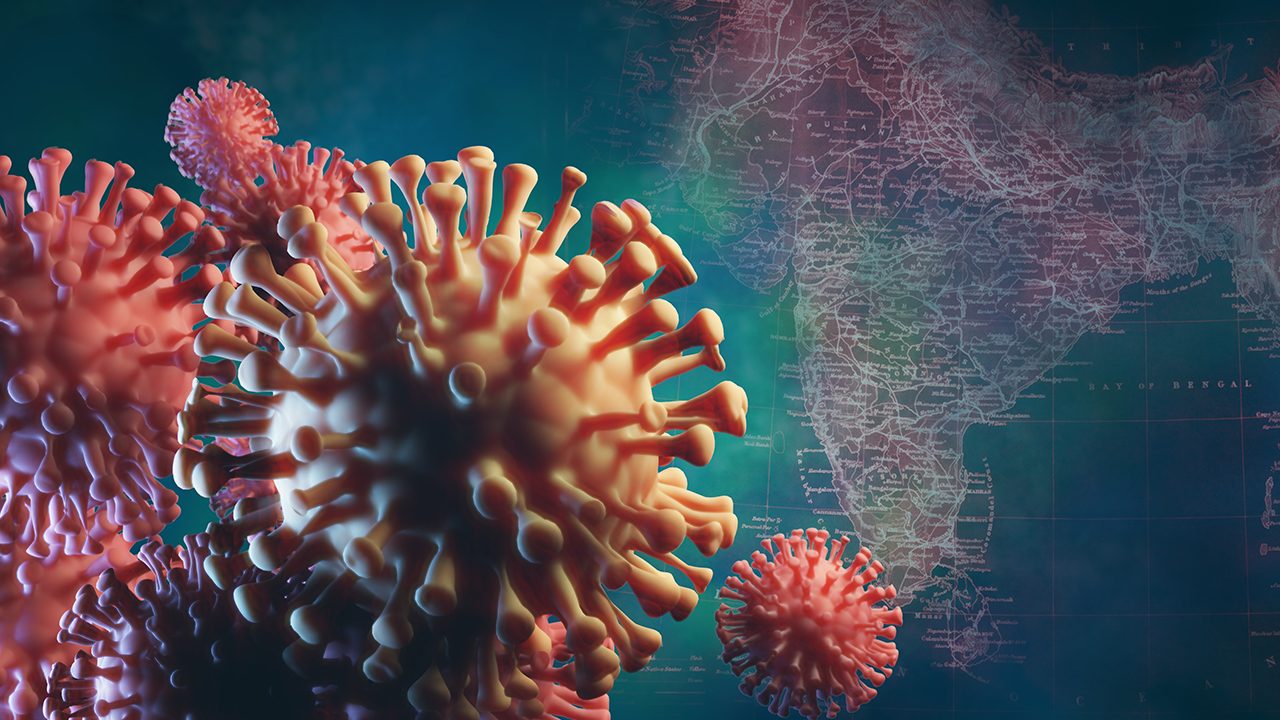SUMMARY
This is AI generated summarization, which may have errors. For context, always refer to the full article.


A year into the pandemic, countries around the world are still struggling to contain the spread of COVID-19. In India, record-breaking numbers of cases and deaths have been reported in the past days, crippling the country’s already overwhelmed healthcare system.
As cases in India continue to rise on unprecedented levels, experts believe that a “double mutant” variant called B1617 is driving the surge in infections there.
On Monday, May 10, the World Health Organization (WHO) classified B1617 as a variant of concern, making it the fourth variant to be designated as such. The others are those first detected in the United Kingdom (B117), South Africa (B1351), and Brazil (P1).
“We are classifying this as a variant of concern at a global level,” Maria Van Kerkhove, WHO technical lead on COVID-19, said at a briefing. “There is some available information to suggest increased transmissibility.”

‘Double mutant’
The India variant of COVID-19 was dubbed a “double mutant” because it contains two famous mutations. These are the L452R and E484Q mutations which could help the virus evade an immune response. These two mutations affect the virus’ spike protein – the basis of COVID-19 vaccines.
The E484Q is similar to the mutation E484K, which is present in the two notable “variants of concern,” such as the B1351 (first found in South Africa) and the P1 (first found in Brazil), and may have an impact on vaccine efficacy.
But aside from these two mutations, the B1617, just like the other new variants, contains more than a dozen of mutations.
According to the World Health Organization (WHO), the B1617 variant, which was first found in India in October 2020, is still a “variant under investigation” as further studies are needed to determine its effects on public health.
To date, the India variant has been found in at least 21 countries, including the United Kingdom, the United States, and Singapore.
“Marami pa rin ho pinag-aaralan sa variant na ito. Ito po ay mga napaunang nalaman pa lamang sa variant na ito. (A lot of studies are being done on this variant. These are just initial findings on this variant.) And up to this day, this variant is still under investigation,” Health Undersecretary Maria Rosario Vergeire told reporters on Friday, May 7.
More contagious?
Studies suggest that the B1617 is more contagious than the original form of the virus. This virus type is spreading quickly in India.
On Sunday, May 9, cases in India rose by 403,738, just shy of the existing record cases, and bringing the total since the start of the pandemic to 22.3 million. India’s health ministry also reported 4,092 fatalities over the past 24 hours, raising the overall death toll to 242,362.
Since the B1617 carries the L452R mutation, it changes the part of the spike protein that directly interacts with ACE2 – the molecule on the surface of human cells that the virus binds with to get inside them.
“Early research – yet to be reviewed by other scientists – suggests the L452R mutation allows the virus to bind to cells more stably,” the Conversation said in its report.
Just like other variants, such as the UK variant, mutations that strengthened the virus’ binding ability resulted in that virus becoming more infectious.

Will vaccines work?
Experts said that COVID-19 vaccines will still work against B1617, but they could be slightly less effective. Cambridge University’s Ravi Gupta said that vaccines will not provide protection against infection for those with “poor immune responses.”
A cause of concern?
As of Monday, May 10, the B1617 variant has not yet been detected in the Philippines, though there have been cases of COVID-19 detected in inbound travelers from India before the travel ban was imposed. Their samples will undergo genome sequencing to check the presence of the new variant.
“We have to protect our country from the India variant as we can see now that it is quite transmissible and might cause another surge in infections,” said Octa Research fellow Fr Nicanor Austriaco.
The biggest cause of concern now for countries is that since B1617 mutations evade an immune response, there is a high possibility that the variant would undermine vaccination efforts.
The Philippines, which is suffering one of the worst outbreaks in Southeast Asia, will be in a difficult situation if the B1617 variant reaches the country and becomes the dominant variant. – Rappler.com
Add a comment
How does this make you feel?





There are no comments yet. Add your comment to start the conversation.